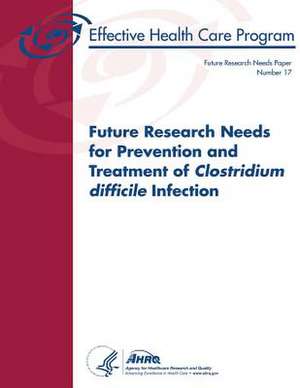Future Research Needs for Prevention and Treatment of Clostridium Difficile Infection
Autor U. S. Department of Heal Human Services, Agency for Healthcare Resea And Qualityen Limba Engleză Paperback
Preț: 103.51 lei
Preț vechi: 108.96 lei
-5% Nou
Puncte Express: 155
Preț estimativ în valută:
19.81€ • 21.18$ • 16.51£
19.81€ • 21.18$ • 16.51£
Carte disponibilă
Livrare economică 27 martie-10 aprilie
Preluare comenzi: 021 569.72.76
Specificații
ISBN-13: 9781484033043
ISBN-10: 1484033043
Pagini: 68
Dimensiuni: 216 x 279 x 4 mm
Greutate: 0.18 kg
Editura: CREATESPACE
ISBN-10: 1484033043
Pagini: 68
Dimensiuni: 216 x 279 x 4 mm
Greutate: 0.18 kg
Editura: CREATESPACE
